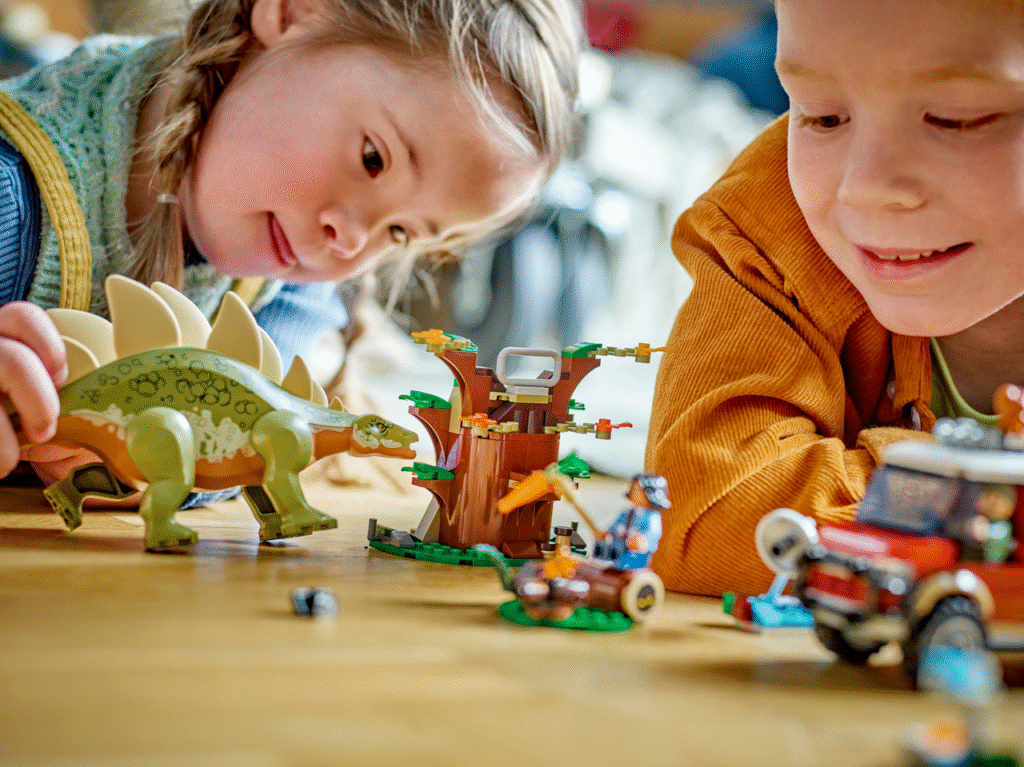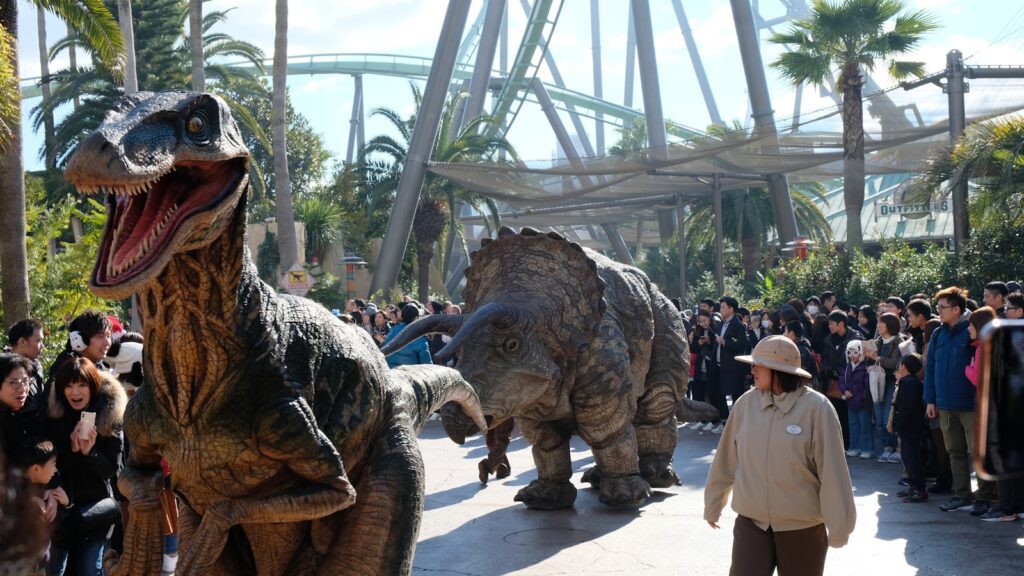From plastic figures scattered across living room floors to sophisticated animatronic creatures that roar and move, dinosaur toys have evolved into something extraordinary. What started as simple molded figures has transformed into a global phenomenon worth billions of dollars annually. The journey from basic prehistoric replicas to today’s high-tech dinosaur experiences represents one of the most remarkable success stories in the toy industry.
The Prehistoric Spark That Ignited Everything
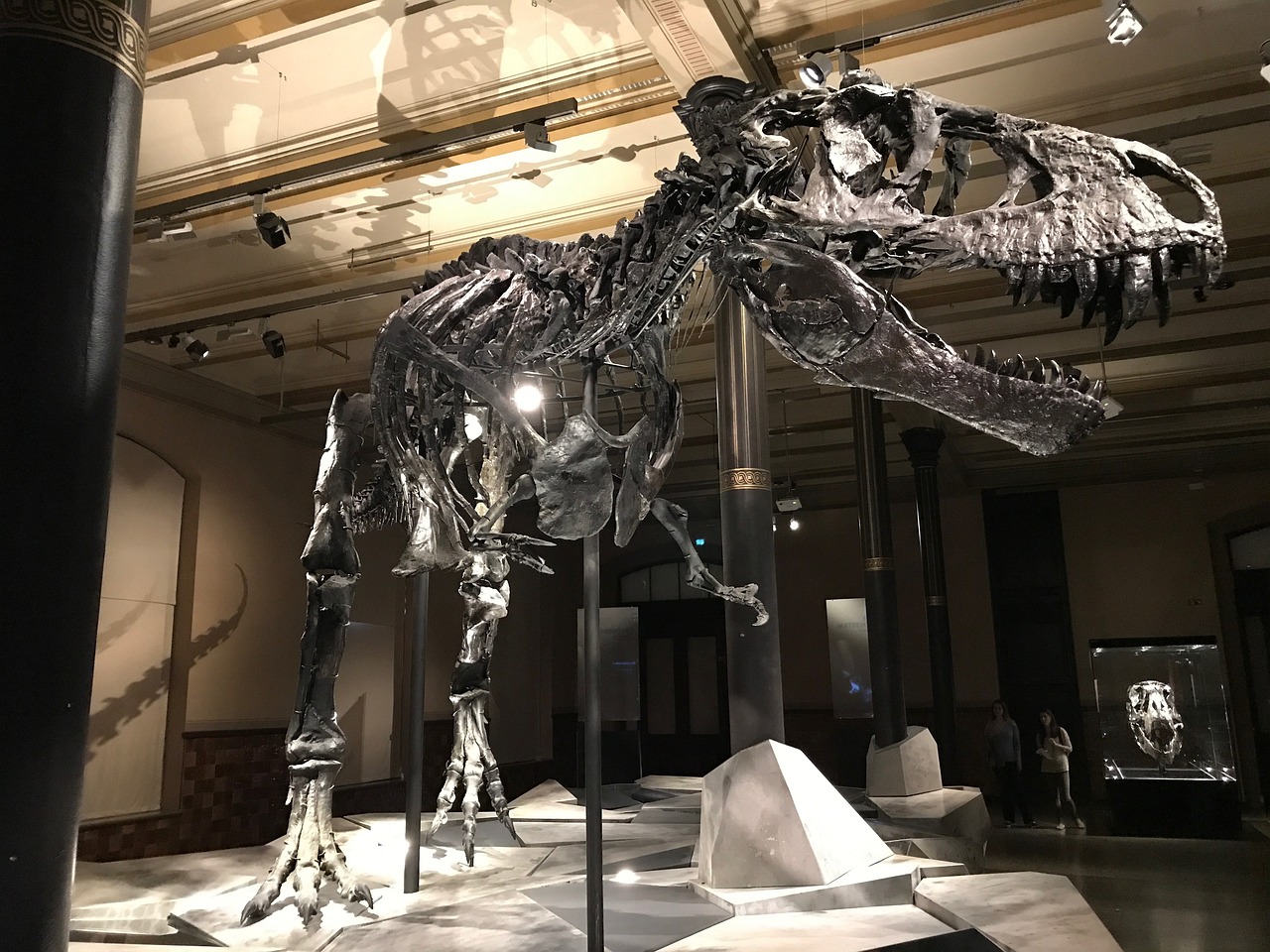
The fascination with dinosaurs began long before the first toy hit store shelves. When paleontologists started uncovering massive fossilized bones in the 1800s, humanity’s imagination was instantly captured by these incredible creatures that once ruled our planet.
Children naturally gravitated toward these mysterious giants, and toy manufacturers quickly recognized the potential. The earliest dinosaur toys were crude by today’s standards, but they filled a void that no other plaything could satisfy. Kids wanted to hold these ancient beasts, to make them fight, to imagine entire worlds where they could exist alongside these magnificent creatures.
This initial spark created a demand that would only grow stronger with each passing decade. The psychological appeal was undeniable – dinosaurs were powerful, mysterious, and safely extinct, making them perfect subjects for imaginative play.
When Hollywood Made Dinosaurs Roar to Life
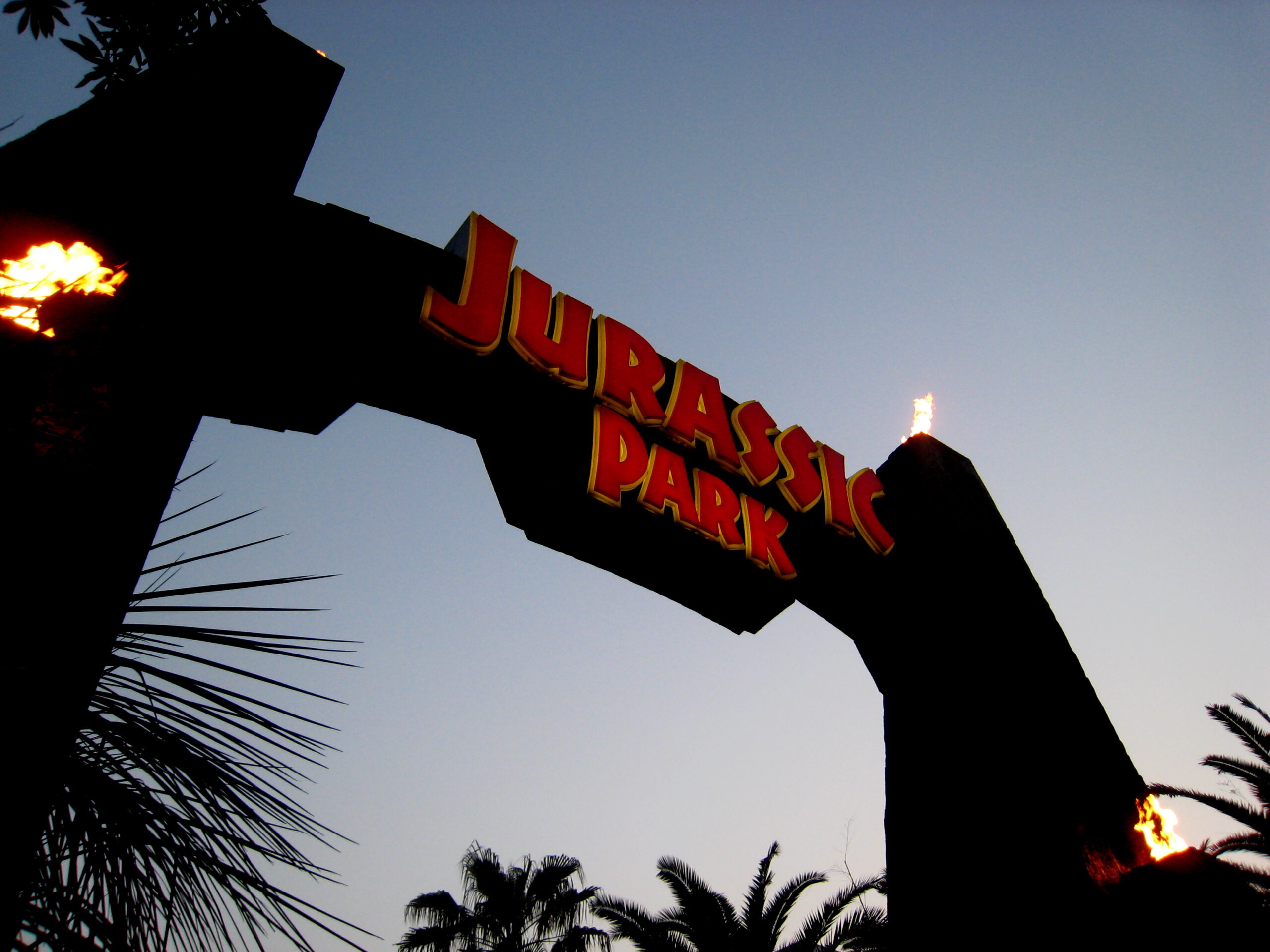
The release of “Jurassic Park” in 1993 changed everything for dinosaur toys. Suddenly, these prehistoric creatures weren’t just museum curiosities – they were living, breathing movie stars that captured the world’s attention like never before.
Toy stores couldn’t keep dinosaur figures on the shelves. Parents found themselves searching multiple stores just to find a T-Rex or Velociraptor for their children. The movie’s realistic special effects made dinosaurs feel more real than ever before, and kids desperately wanted to recreate those thrilling scenes at home.
This cinematic breakthrough proved that dinosaur toys weren’t just a passing fad. They had staying power that could be reignited with the right cultural moment, setting the stage for decades of profitable merchandising opportunities.
The Science Behind the Perfect Dinosaur Toy
Creating a successful dinosaur toy requires more than just slapping some plastic together. Manufacturers invest heavily in paleontological research to ensure their products are as scientifically accurate as possible, while still being fun and engaging for children.
Modern dinosaur toys often feature articulated joints, realistic textures, and even sound effects based on scientific theories about how these creatures might have communicated. Companies employ paleontologists as consultants, ensuring that everything from posture to coloration reflects the latest scientific understanding.
The attention to detail has become a selling point in itself. Parents appreciate educational value, and children are drawn to toys that feel authentic and realistic. This scientific approach has elevated dinosaur toys from simple playthings to collectible items that appeal to adults as well as kids.
From Plastic Figures to Digital Dinosaurs
The digital revolution has transformed dinosaur toys in ways that seemed impossible just a few decades ago. Today’s dinosaur toys can be controlled by smartphone apps, respond to voice commands, and even learn from their interactions with children.
Augmented reality has brought dinosaurs into the real world in stunning new ways. Kids can now use tablets to make dinosaurs appear in their living rooms, complete with roaring sounds and realistic movements. Virtual reality experiences allow children to walk among dinosaurs in prehistoric landscapes that feel incredibly real.
These technological advances have created entirely new product categories and price points. While basic plastic dinosaurs still sell for a few dollars, high-tech dinosaur toys can cost hundreds of dollars, dramatically expanding the market’s revenue potential.
The Collectible Craze That Changed Everything
Adult collectors have become a massive force in the dinosaur toy market, often spending thousands of dollars on rare or limited-edition pieces. What started as children’s toys has evolved into a serious collecting hobby that rivals baseball cards or comic books in terms of passion and investment.
Limited production runs, exclusive colorations, and artist collaborations have created a secondary market where some dinosaur figures sell for ten times their original retail price. Collectors scour conventions, online auctions, and specialty stores searching for that perfect addition to their prehistoric collection.
This adult market has provided manufacturers with a steady revenue stream that’s less dependent on seasonal trends or movie releases. Collectors buy year-round, creating a stable foundation that supports the entire industry’s growth.
The Educational Market That Nobody Saw Coming
Schools, museums, and educational programs have become major purchasers of dinosaur toys, using them as teaching tools to make paleontology more engaging for students. This market segment has grown exponentially as educators recognize the power of hands-on learning experiences.
Museums now stock extensive gift shops filled with dinosaur toys, creating significant revenue streams that help fund their operations. Educational toy companies have developed entire curriculum packages built around dinosaur figures, complete with lesson plans and activities.
The educational market has also driven demand for more accurate and detailed dinosaur toys. Teachers want products that can effectively communicate scientific concepts, pushing manufacturers to invest in research and development that benefits all consumers.
Global Manufacturing and the China Connection
The vast majority of dinosaur toys are manufactured in China, where skilled workers can produce high-quality figures at competitive prices. This manufacturing concentration has created efficiencies that have made dinosaur toys affordable for families worldwide.
Chinese manufacturers have become experts in dinosaur toy production, developing specialized techniques for creating realistic textures, colors, and details. Some factories focus exclusively on dinosaur toys, building expertise that would be difficult to replicate elsewhere.
However, this global supply chain has also created vulnerabilities. Trade disputes, shipping delays, and quality control issues can significantly impact the availability and cost of dinosaur toys in international markets.
The Licensing Goldmine That Keeps Growing
Movie franchises, television shows, and video games have created a complex web of licensing deals that generate billions in revenue for dinosaur toy manufacturers. Every new “Jurassic World” movie brings a fresh wave of merchandise opportunities that retailers eagerly embrace.
These licensing agreements often include exclusive periods where certain manufacturers have the sole right to produce toys based on popular characters or franchises. This exclusivity can create windfall profits for companies lucky enough to secure the rights to a hit property.
The licensing model has also encouraged innovation, as manufacturers compete to create the most impressive and marketable products. This competition drives continuous improvement in quality, features, and play value.
Seasonal Trends and Holiday Shopping Madness
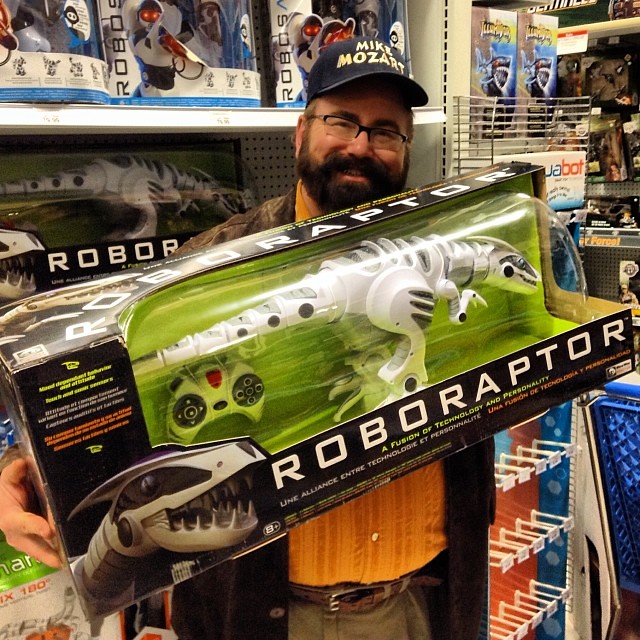
Christmas and birthdays drive massive spikes in dinosaur toy sales, with manufacturers timing their product releases to maximize holiday shopping opportunities. The months leading up to Christmas often account for more than half of annual sales for many dinosaur toy companies.
Retailers have learned to stock heavily during these peak periods, but predicting demand remains challenging. A surprise hit can sell out quickly, while overestimating demand can leave warehouses full of unsold inventory that must be discounted heavily.
These seasonal patterns have forced manufacturers to become more sophisticated in their planning and production scheduling. Companies now use complex algorithms to predict demand and optimize their manufacturing schedules accordingly.
The Rise of Specialty Retailers and Online Sales
While traditional toy stores remain important, specialty retailers focusing on dinosaur toys have emerged as significant players in the market. These stores cater to serious collectors and enthusiasts who want access to rare or exclusive products.
Online sales have exploded in recent years, allowing manufacturers to reach customers directly and specialty retailers to serve niche markets without the overhead of physical stores. E-commerce platforms have made it easier for small manufacturers to compete with large corporations.
Social media has also played a crucial role in building communities around dinosaur toys. Collectors share photos, reviews, and information about new releases, creating a viral marketing effect that traditional advertising can’t match.
International Markets and Cultural Differences

Different countries have varying preferences when it comes to dinosaur toys, influenced by local culture, education systems, and popular media. Japanese consumers, for example, often prefer more detailed and realistic figures, while American children might gravitate toward action features and sound effects.
European markets tend to emphasize educational value and safety standards, driving demand for high-quality, scientifically accurate dinosaur toys. These regional preferences have encouraged manufacturers to develop different product lines for different markets.
Emerging markets in Asia, South America, and Africa represent huge growth opportunities as middle-class families gain disposable income. These markets could drive the next wave of expansion in the dinosaur toy industry.
The Environmental Challenge and Sustainable Solutions

Growing environmental awareness has created pressure on dinosaur toy manufacturers to adopt more sustainable practices. Parents are increasingly concerned about plastic waste and the environmental impact of the toys they buy for their children.
Some companies have responded by developing biodegradable dinosaur toys made from plant-based materials. Others have implemented recycling programs that allow customers to return old toys for proper disposal or remanufacturing.
This environmental focus has also created new marketing opportunities. Companies that can demonstrate genuine commitment to sustainability often find that environmentally conscious consumers are willing to pay premium prices for their products.
The Future of Dinosaur Toys in a Digital World
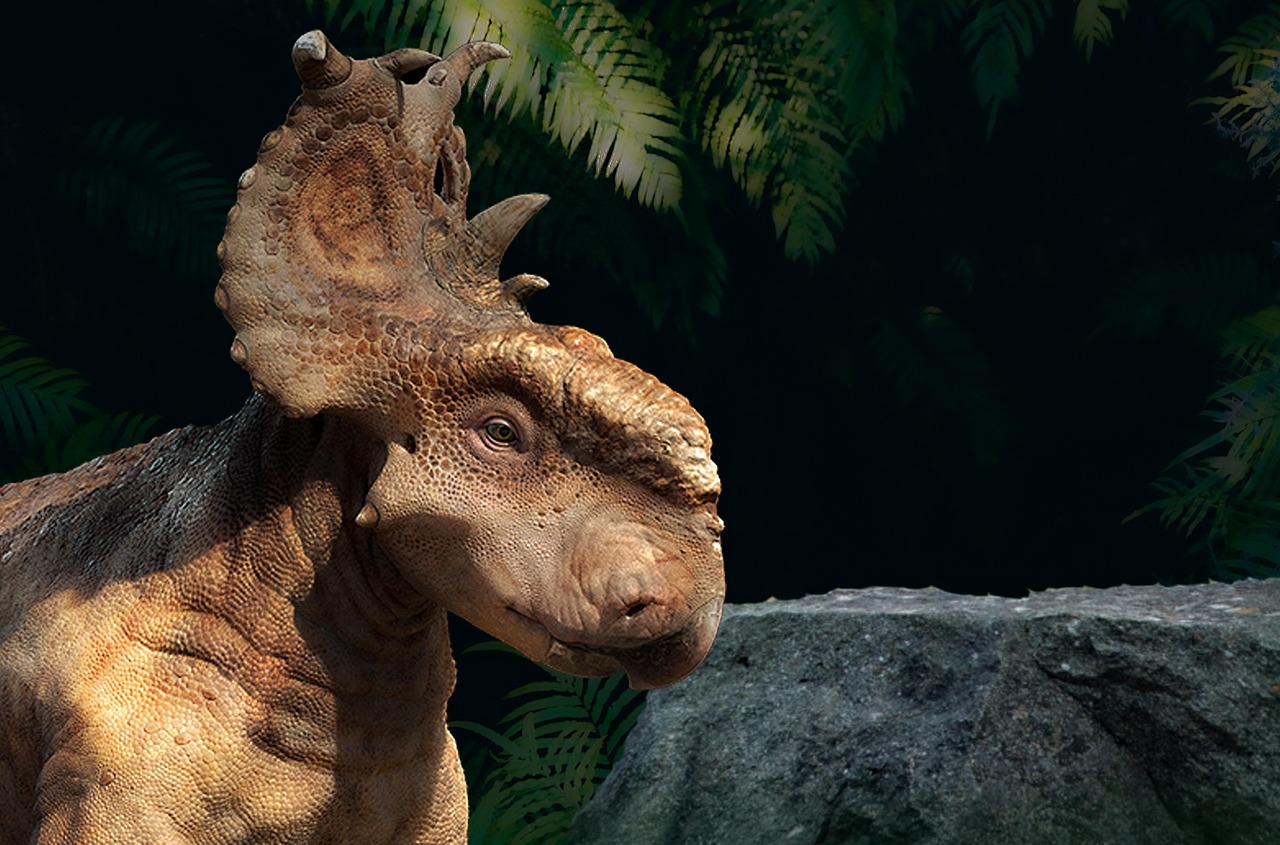
Artificial intelligence and machine learning are beginning to transform dinosaur toys in exciting ways. Some new products can recognize individual children and adapt their behavior accordingly, creating personalized play experiences that evolve over time.
3D printing technology is making it possible for consumers to create custom dinosaur toys at home, potentially disrupting traditional manufacturing models. However, this same technology also offers manufacturers new opportunities to create highly customized products for individual customers.
The integration of physical and digital play experiences will likely continue to accelerate. Future dinosaur toys might seamlessly blend real-world manipulation with digital storytelling, creating immersive experiences that were impossible just a few years ago.
Industry Challenges and Market Consolidation
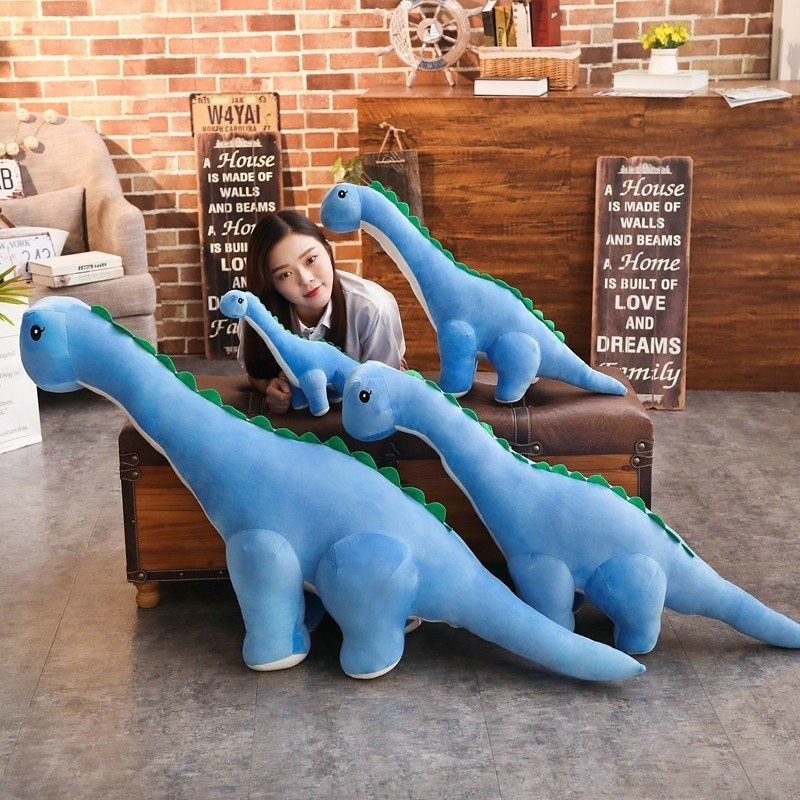
The dinosaur toy industry faces several significant challenges, including increasing competition from digital entertainment, rising manufacturing costs, and changing consumer preferences. Many smaller manufacturers have been acquired by larger companies seeking to expand their market share.
Safety regulations have become increasingly strict, requiring manufacturers to invest heavily in testing and compliance. These costs can be particularly burdensome for smaller companies that lack the resources to navigate complex regulatory requirements.
The industry must also contend with counterfeit products that can damage brand reputation and steal market share. Fighting these illegal copies requires ongoing investment in legal protection and enforcement efforts.
The transformation of dinosaur toys from simple plastic figures into a billion-dollar industry represents one of the most remarkable success stories in modern commerce. What began as children’s fascination with prehistoric creatures has evolved into a complex ecosystem involving manufacturers, retailers, collectors, educators, and technology companies worldwide. The industry’s ability to continuously reinvent itself through technological innovation, scientific accuracy, and cultural relevance has created sustainable growth that shows no signs of slowing down. As new generations discover the wonder of dinosaurs and emerging technologies create fresh possibilities for play, the future of this industry looks as bright as the creatures that inspired it once ruled the Earth. Who would have imagined that extinct creatures could create such a thriving modern economy?

